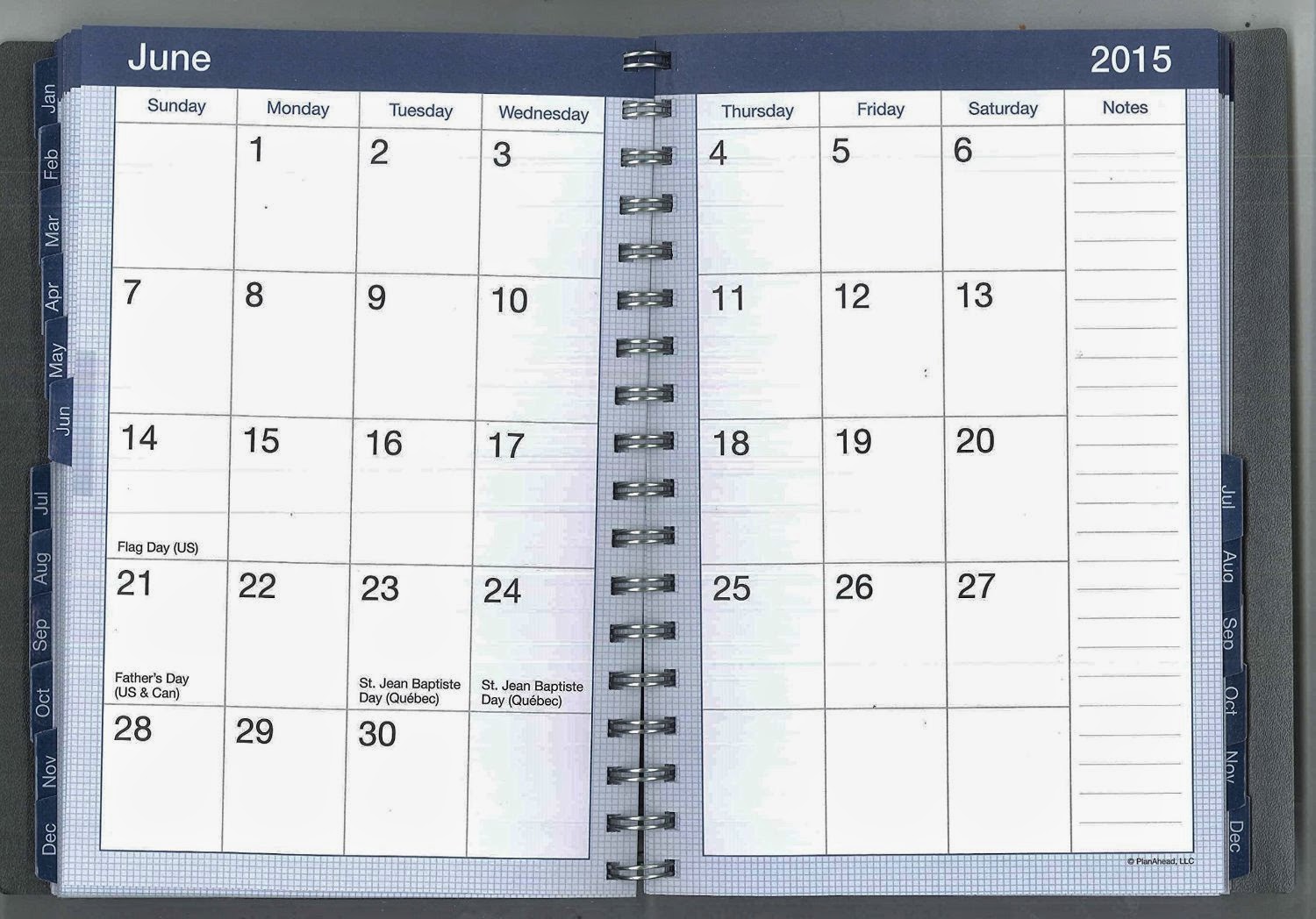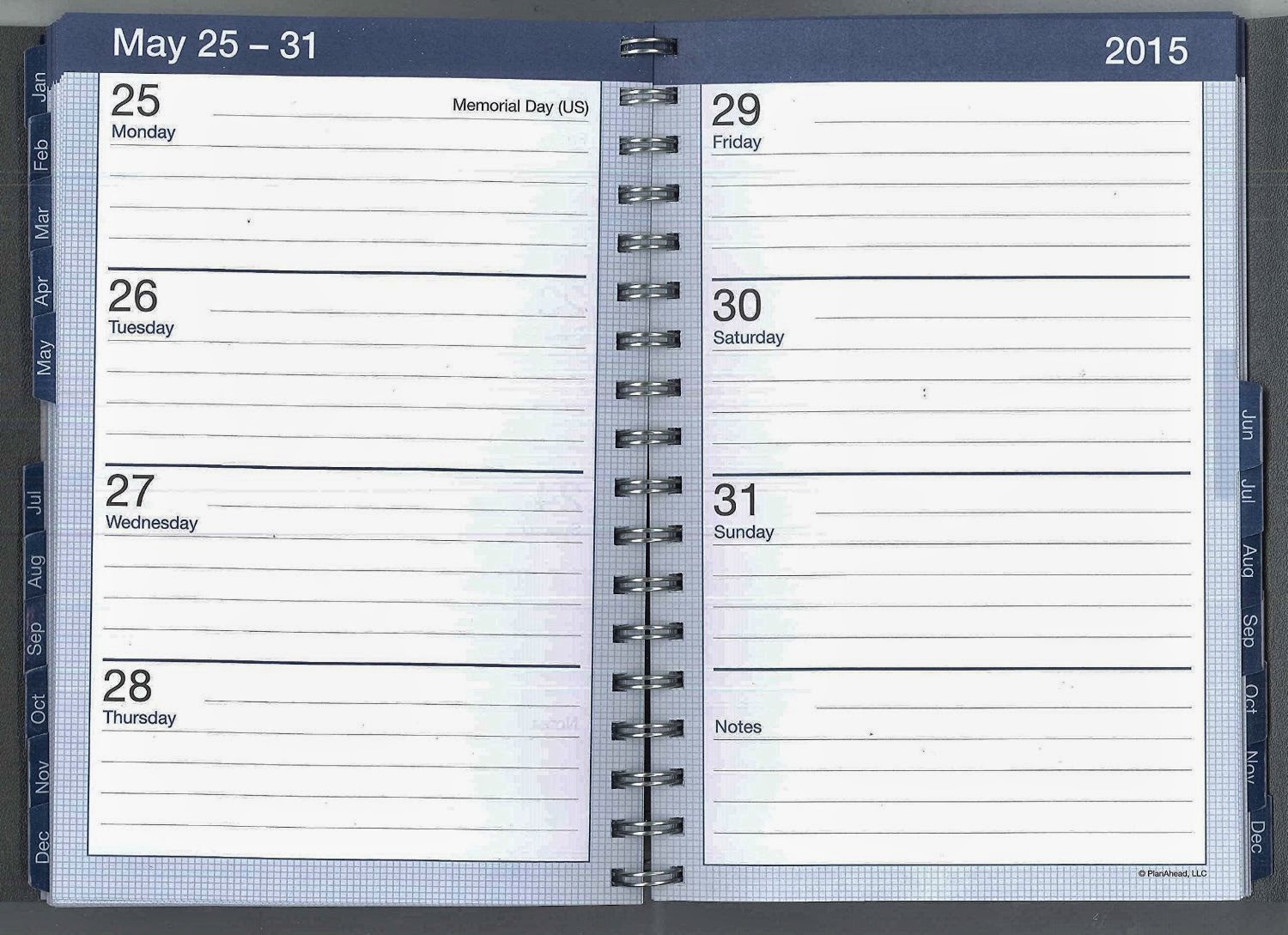Detached retina had Arlington Park track announcer John Dooley worried
Arlington Park track announcer John Dooley, who had surgery to repair a detached retina earlier this year, works the booth on Friday, June 17, 2011 in Arlington Heights. | Richard A. Chapman~Sun-Times
John Dooley used social media to tell the world about his health problems.
The track announcer at Arlington Park had just awakened from surgery to repair a detached retina when he went on Twitter and wrote that he had the surgery at Skokie Hospital. Dooley tweeted the news before he even told his boss, Kevin Clarke, the director of operations at Arlington.
‘‘I tweeted, ‘Wow, my first surgery, leaving Skokie Hospital after my detached retina surgery.’ And it let everyone know,’’ Dooley said.
Dooley, 45, called Clarke after sending out the tweet and can laugh about it now. But at the end of March, he was in shock and disbelief. Dooley’s livelihood is based on being able to see, so if his vision was in jeopardy, so were his chances of returning to work for the Arlington season, which began May 6.
Besides calling the races at Arlington, Dooley spends the winters doing the same at the Fair Grounds in New Orleans. When the Fair Grounds’ season ended March 27, Dooley was preparing for the 15-hour drive home to the Chicago area. At the end of that week, he was planning to take a vacation to Ukraine.
Dooley began his drive home about 4:30 a.m. March 28. About halfway through, he noticed a dark halo in the left corner of his right eye.
‘‘I was chalking it up to tiredness,’’ said Dooley, who has been calling races for 20 years. ‘‘But the next day I stayed home, and then . . . I went to get a year’s supply of contact lenses,’’ Dooley said. ‘‘Instead, the doctor came in and said I needed to see an ophthalmologist that day.’’
Dooley went to see Dr. Zac Ravage, an ophthalmologist at the Illinois Retina Associates, who diagnosed him with a detached retina. Ravage ordered Dooley to have surgery that night at Skokie Hospital.
‘‘The next thing I know, I’m signing these papers and I’m in pre-op,’’ Dooley said. ‘‘It happened the day after the Fair Grounds meet ended, five weeks before Arlington opened and the day before I was supposed to go to Kiev. I didn’t have time to dwell on, ‘What if all this goes terribly wrong?’ ’’
Ravage said detached retinas usually occur in nearsighted people and are something that ‘‘just happens.’’ Ravage said Dooley would have lost half his vision had he waited to seek treatment.
The surgery took about two hours. Ravage said a silicone band was put around the eye to hold the retina in place.
‘‘He was eager to return to work,’’ Ravage said. ‘‘He was composed about it, but it is a lot for anyone to grasp.’’
Dooley didn’t have to do any physical therapy after the surgery, but he did wear an eye patch. His vision was good enough for him to return to Arlington in time for Opening Day in May.
‘‘I just wanted to get through the nine-race program, make no mistakes and go have a cold [beer],’’ Dooley said. ‘‘It was getting back to really using my eyes again. It had only been four weeks since my surgery.’’
Ravage said there’s always a chance the retina might not want to reattach itself after surgery and that one surgery might not be sufficient for some patients. But Dooley said he feels like he’s back to normal, even though he still is trying to get used to wearing glasses while he works.
‘‘I’ve never called [a race] with glasses until Opening Day at Arlington this May,’’ Dooley said. ‘‘But it’s really hard to call a race with glasses. It falls under the category of trying to teach an old dog new tricks. It really is a different world calling races with glasses on.’’

 Phone: 603 887-2310
Phone: 603 887-2310  Fax: 800-648-2310
Fax: 800-648-2310



